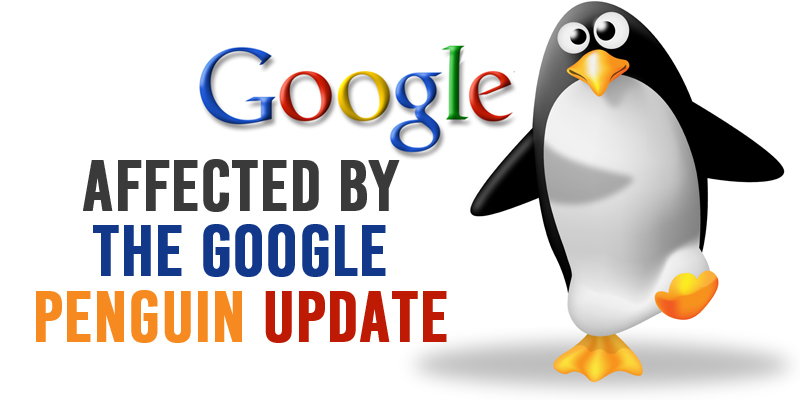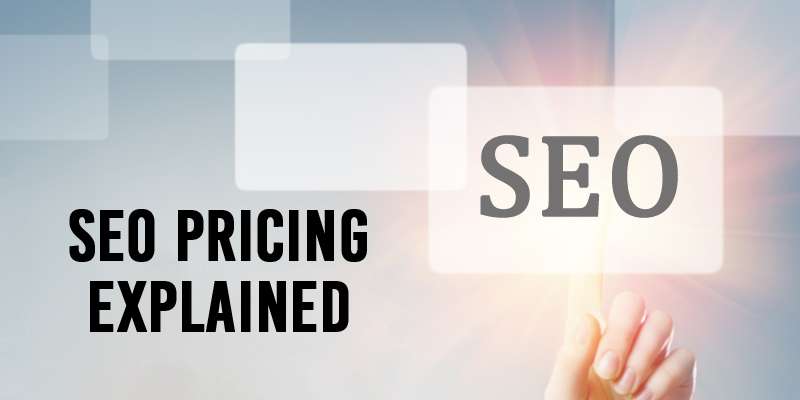Write for Humans and Not for Search Engines

Why It Is Important To Focus On Your Human Visitors and Not Search Engine Bots?
In the very early days of the Internet, the content industry was quite a bit like the Wild West. At that time, specific rules had not been established and the people who could sling out the most keywords in their content were getting the bulk of the Internet visitor traffic.
Website owners who were trying to create usable resources on the Internet started to get frustrated because the search engines were falling prey to keyword stuffing and were sending traffic to content mills and similar websites instead of legitimate experts.
In response to the





